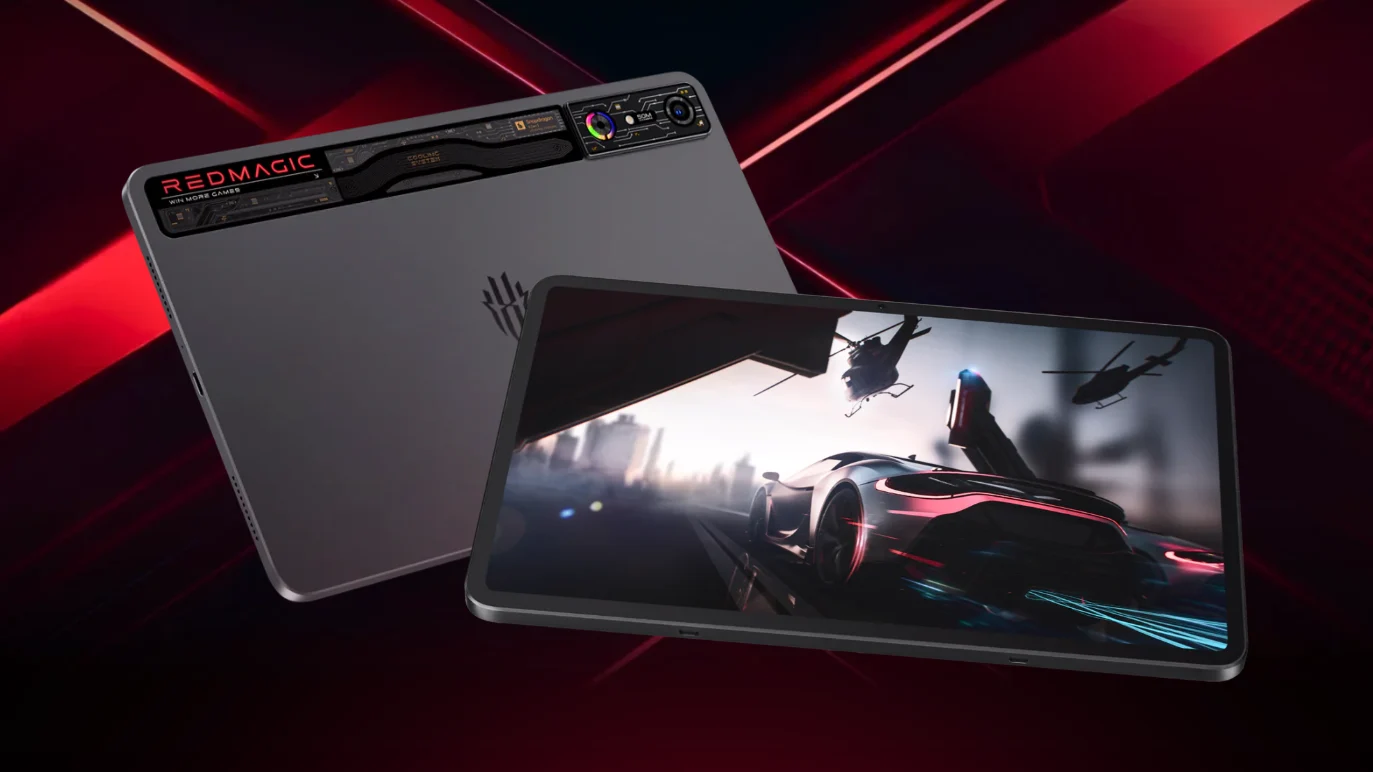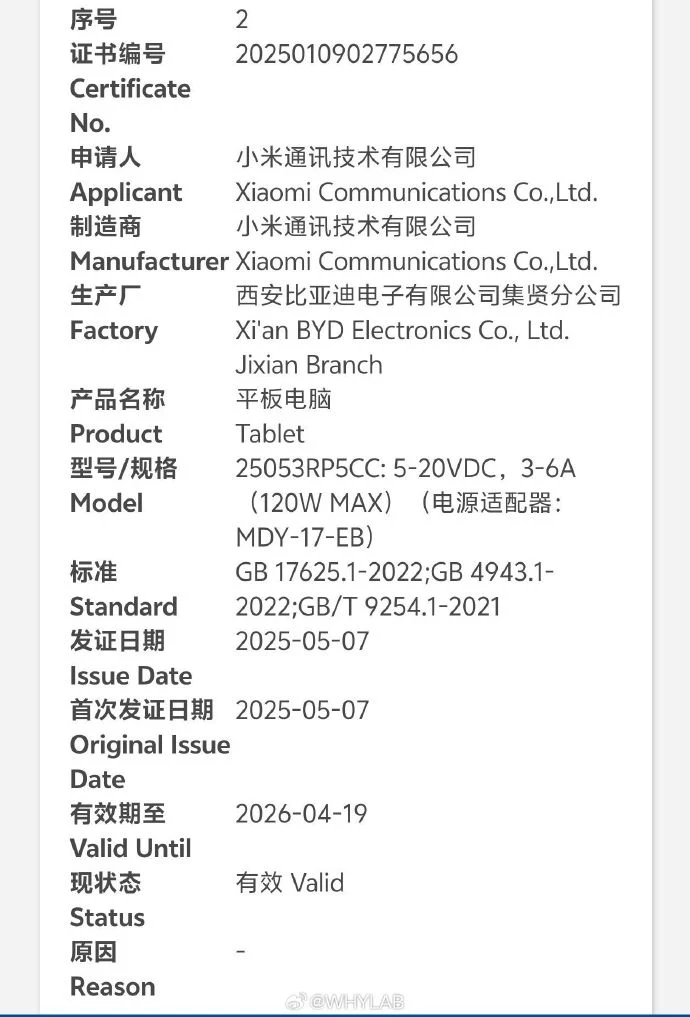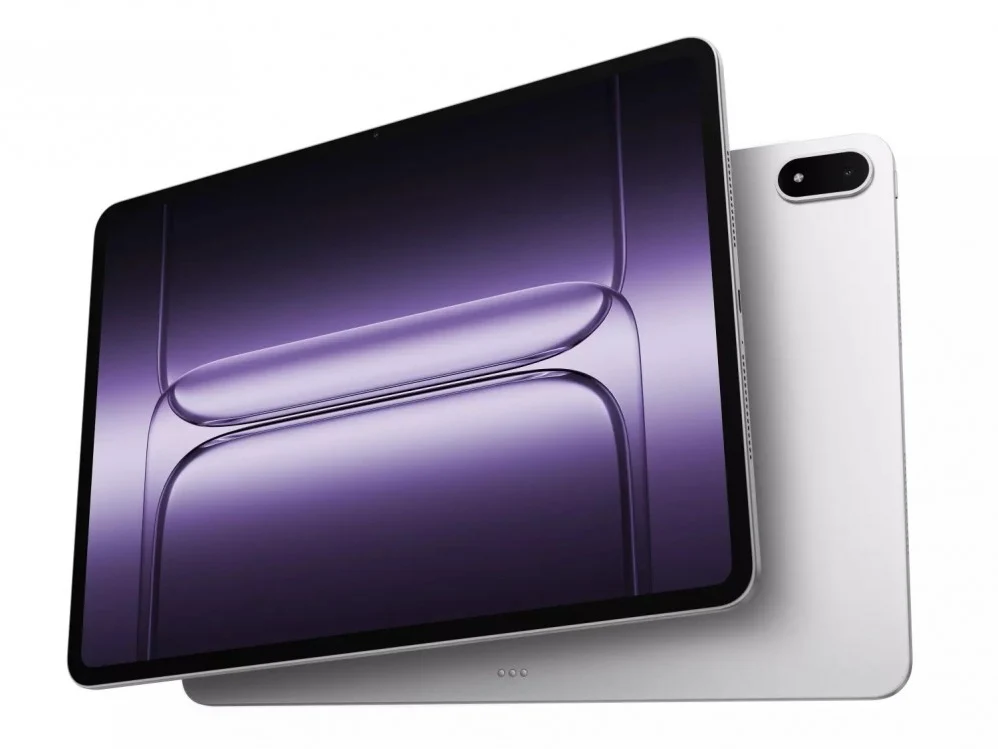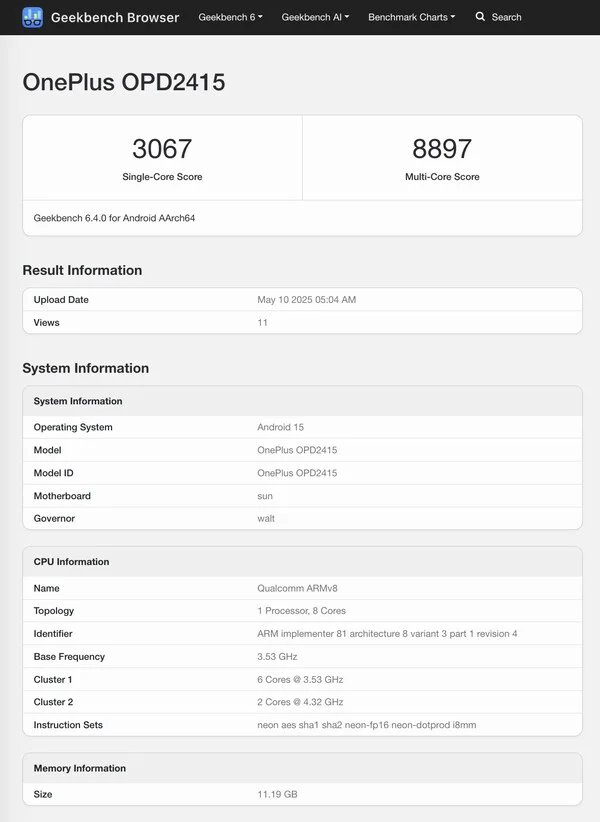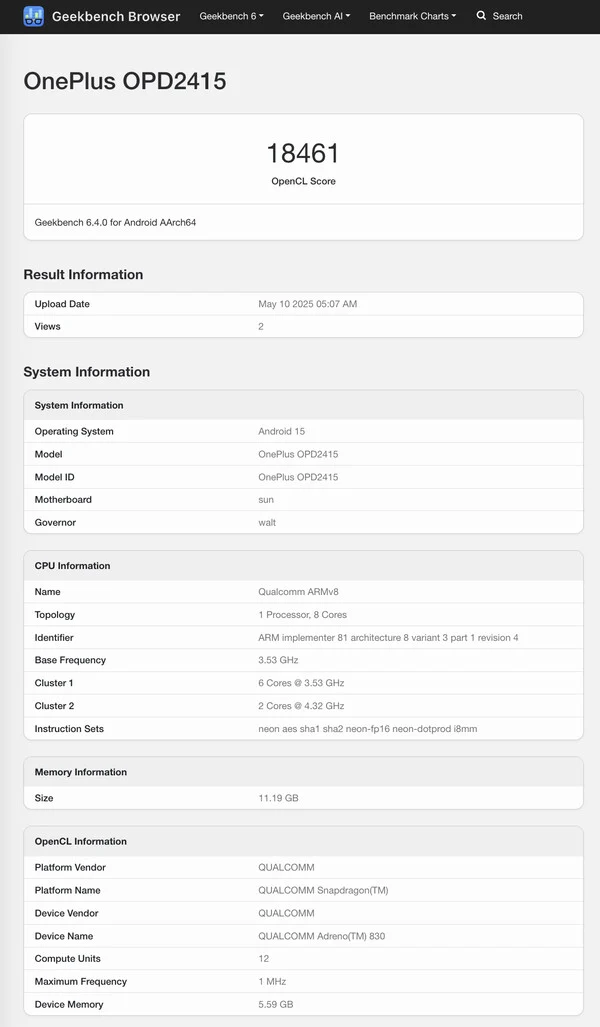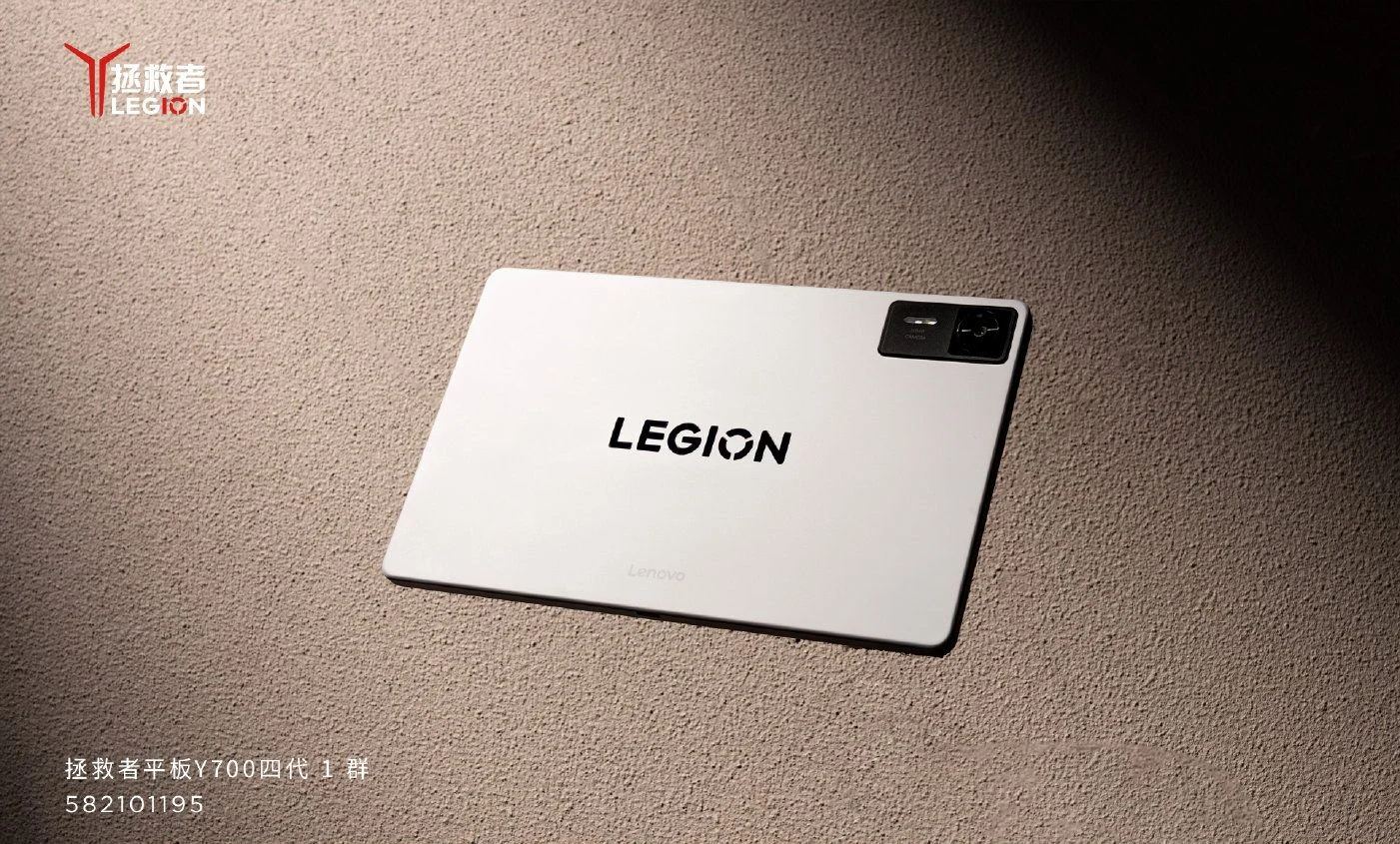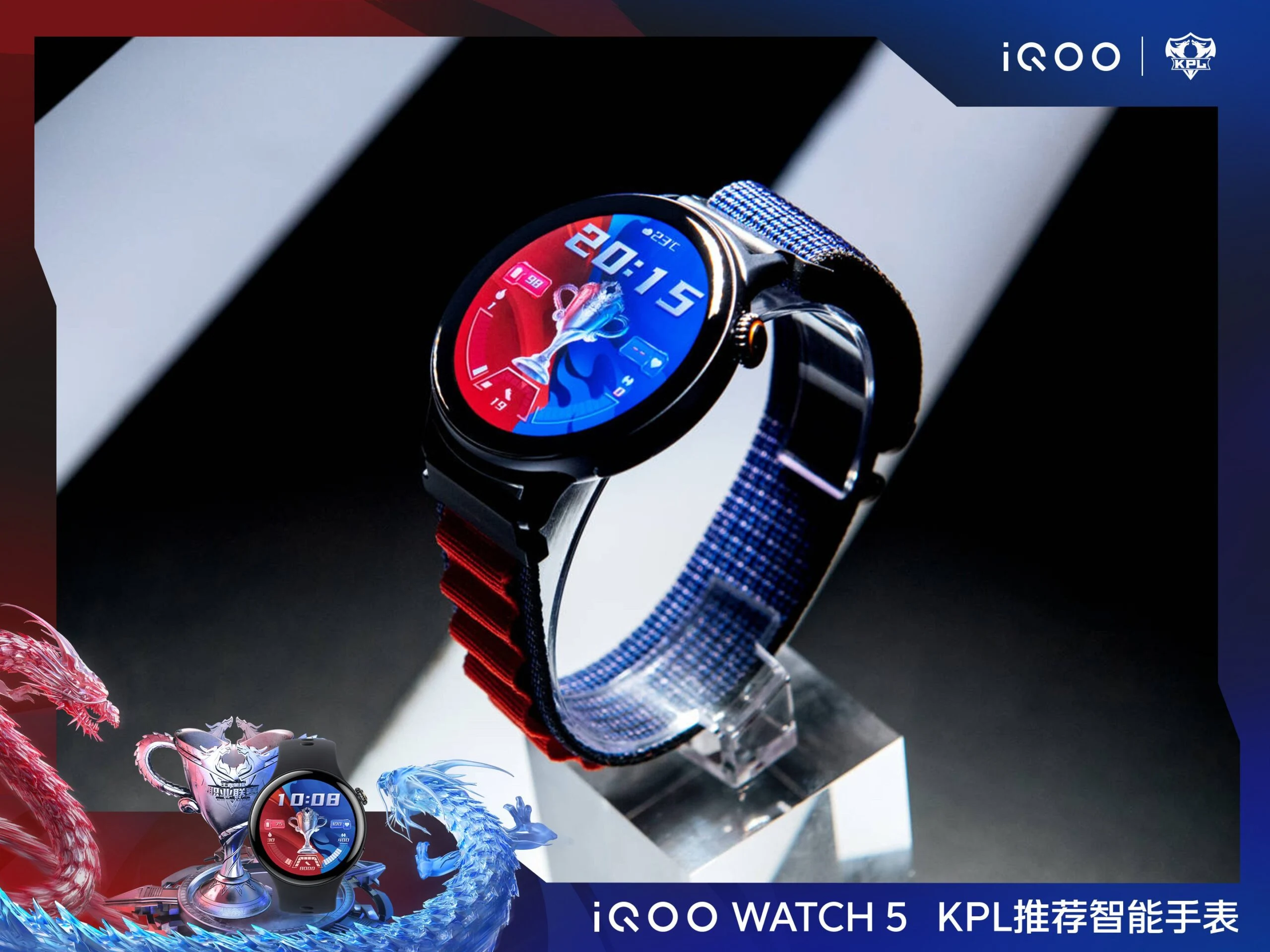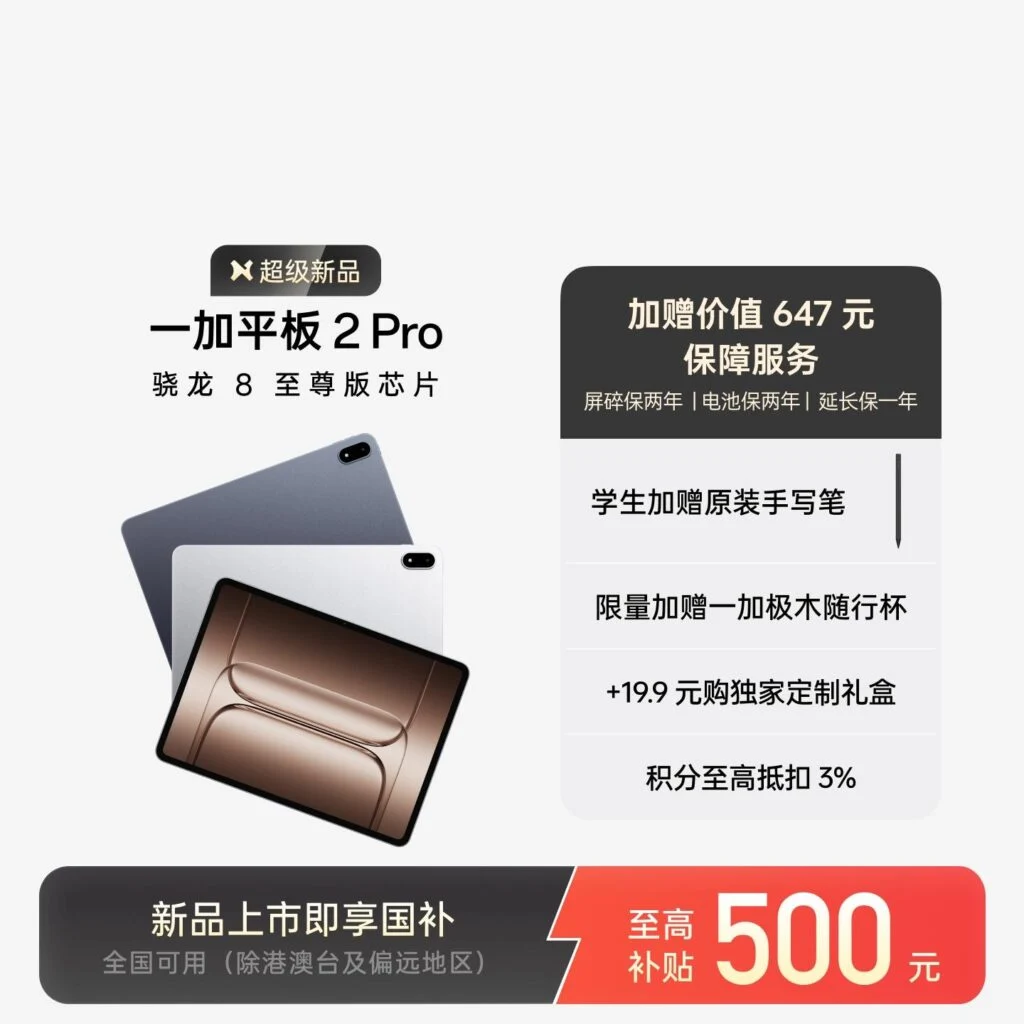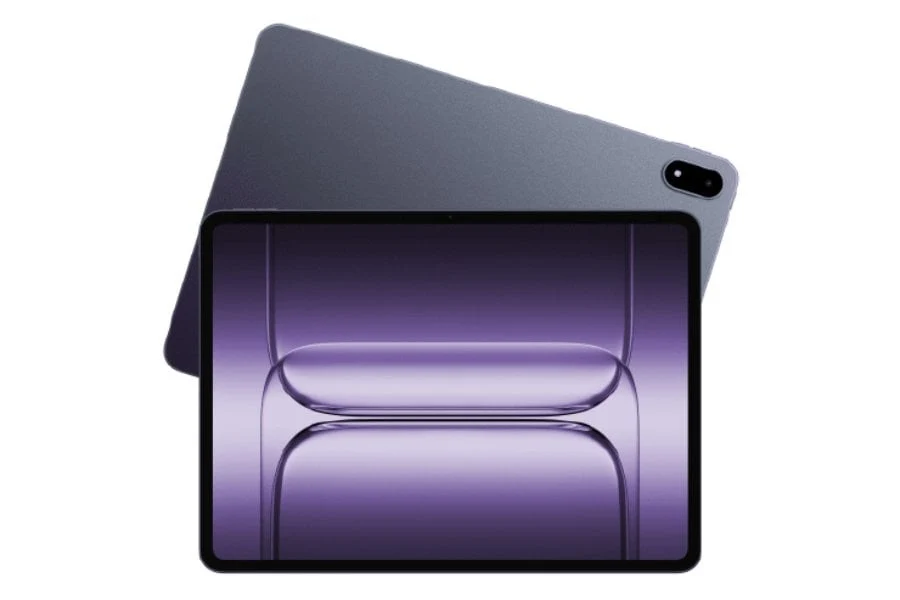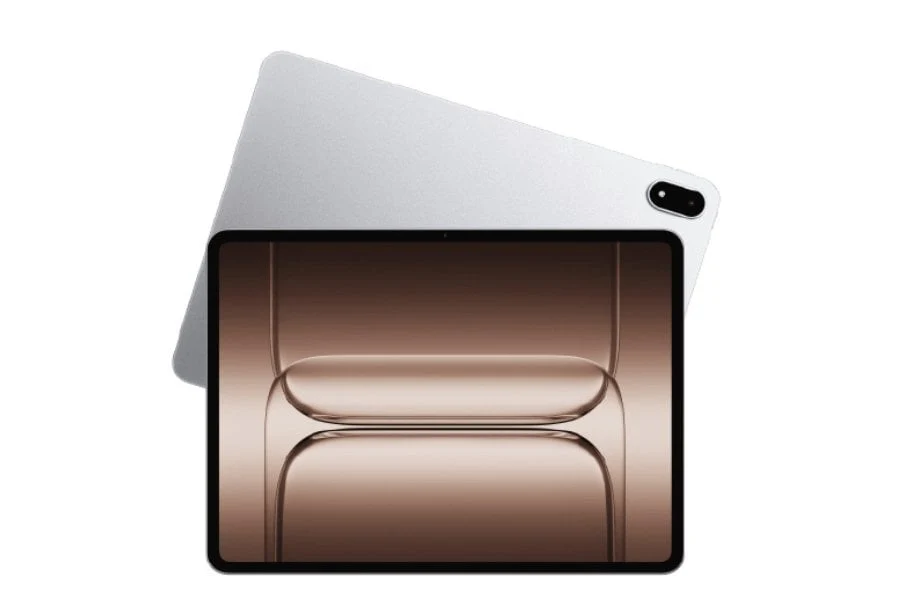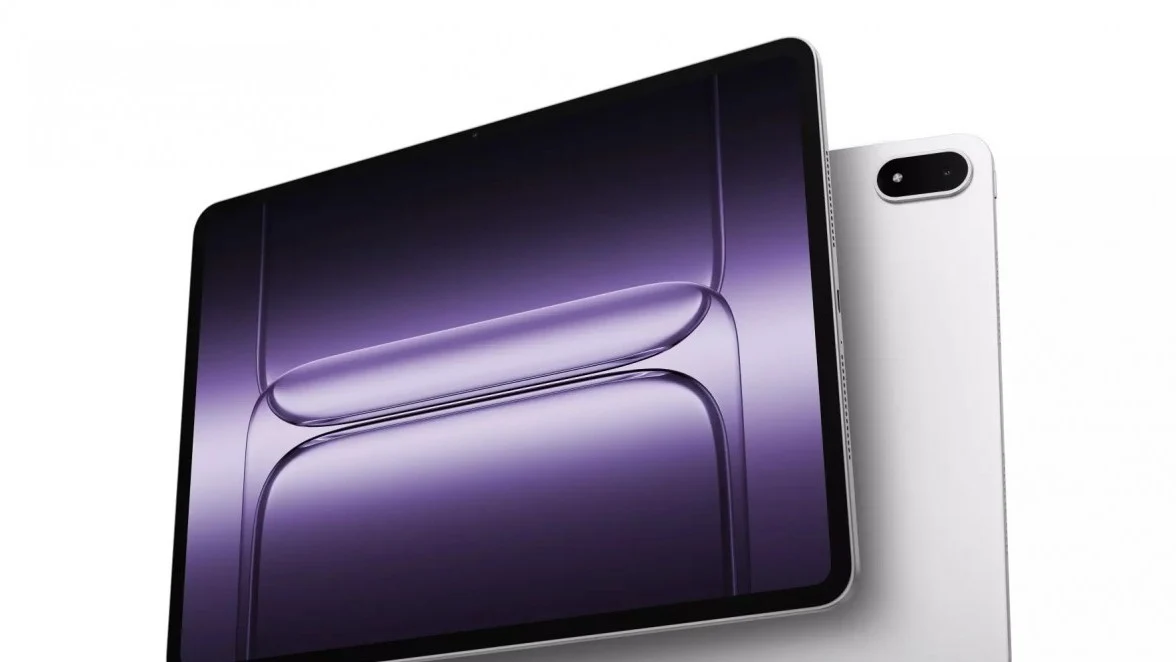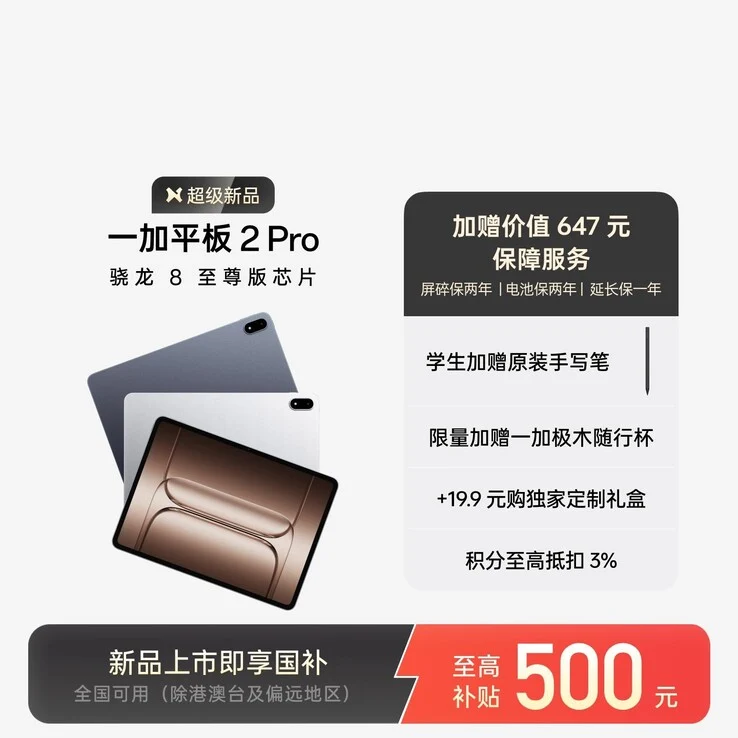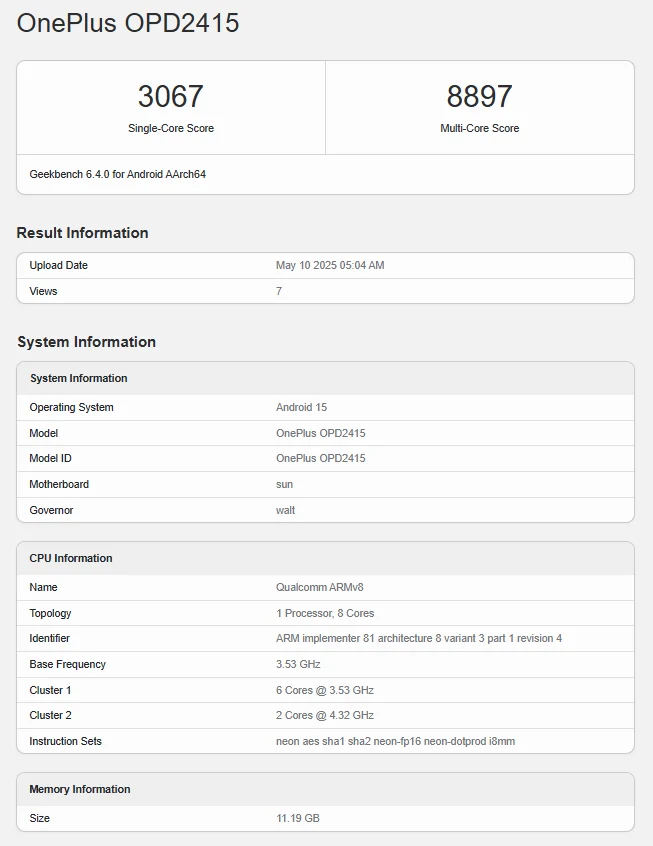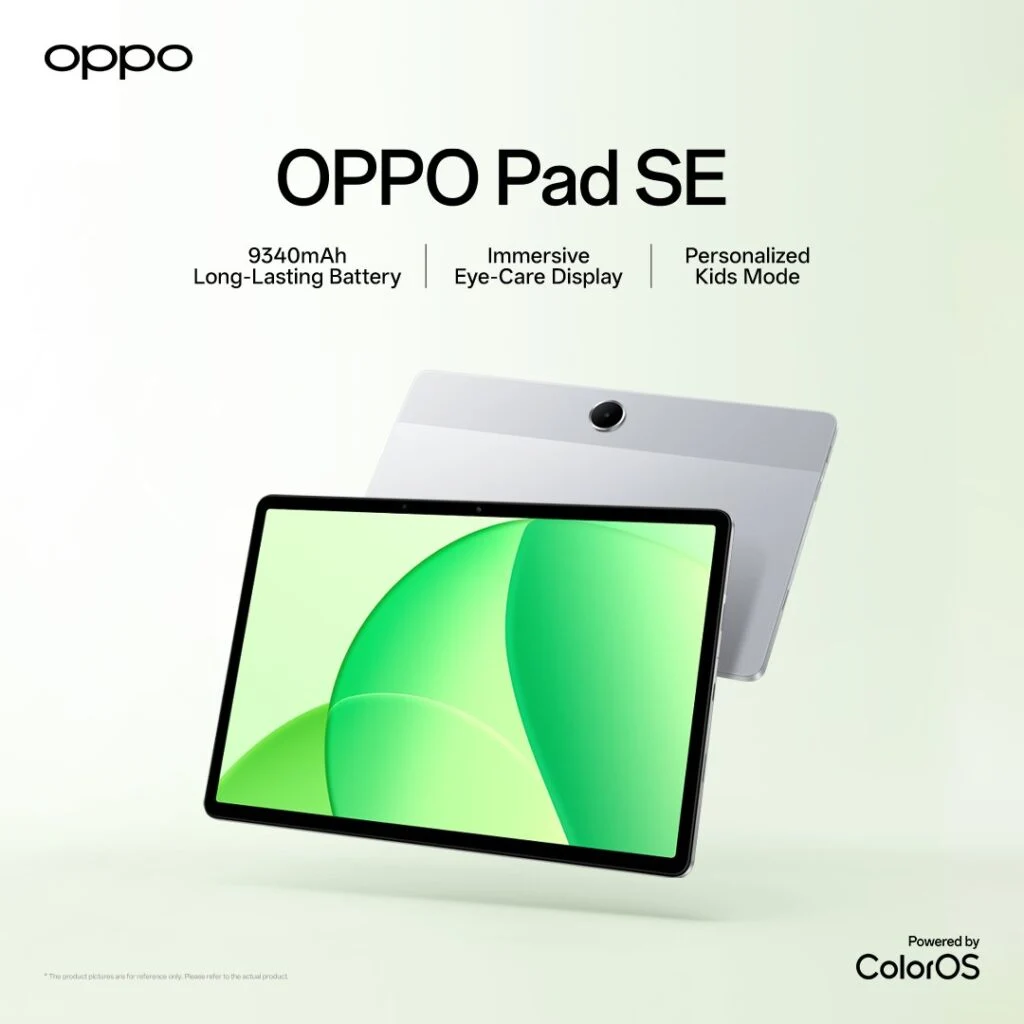Key Takeaways
1. The RedMagic Nova tablets feature a 9-inch display, while the Legion Tab Gen 4 has an 8.8-inch screen and lower resolution (2400 x 1504 vs. 2650 x 1600).
2. The Nova 2 is expected to use OLED technology, providing better display quality compared to the IPS-LCD of its competitor.
3. Both tablets are powered by the Snapdragon 8 Elite processor, and the Nova 2 may have a very high refresh rate.
4. The Nova 2 might include an internal fan for improved cooling and is rumored to have a large battery capacity of 8,240mAh.
5. The Nova 2 could be the thickest gaming tablet of the year, with its battery size potentially outpacing competitors, unless a rival from Redmi is released.
The newer version of the RedMagic Nova tablets is reported to feature a display measuring 9 inches, whereas its competitor, the Legion Tab Gen 4 (or Y700 4th Gen), has a slightly smaller 8.8-inch screen. Furthermore, the resolution on the Legion is lower at 2400 x 1504, while Lenovo’s latest gaming tablet boasts a sharper 2650 x 1600.
Display and Design
The “Nova 2” (possibly called Nova Mini or Nova S, as it might be more compact) is expected to have an advantage with its shift to OLED technology, unlike the IPS-LCD found in its Lenovo competitor and earlier model.
It is believed that this new version may also come with a very high refresh rate, powered by the same Snapdragon 8 Elite processor that the Y700 4th Gen uses.
Performance and Features
The second-generation Nova might improve cooling for the high-end chipset by including its own internal fan, similar to its predecessor.
Additionally, it is anticipated that the upcoming model will feature the largest battery among its peers, with an estimated capacity of 8,240mAh. However, this may not be particularly impressive, considering the 2025 Y700 has a capacity of only 6,550mAh, which is notably lower than several new smartphones.
Battery Life and Comparison
Despite that, the 2025 RedMagic Nova is rumored to potentially have the biggest battery in a tablet this year, although this may not mean much if another rival from Redmi also surfaces soon.
This specification could also indicate that it will be the thickest gaming tablet of the year as well, though.
Source:
Link

